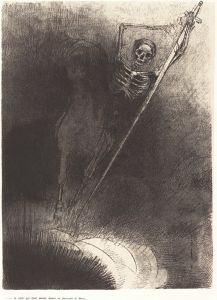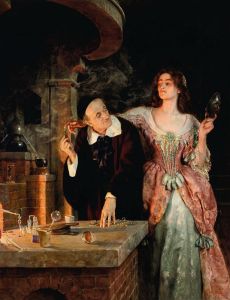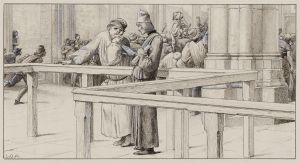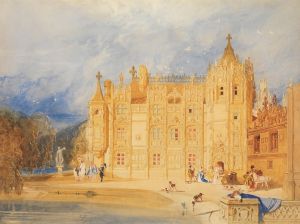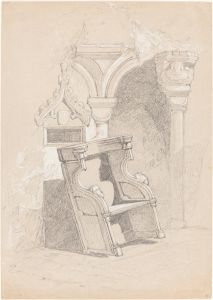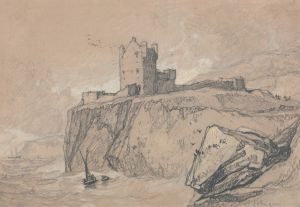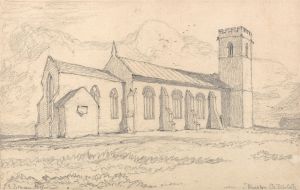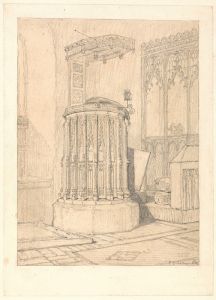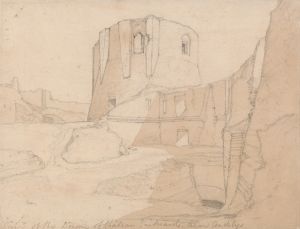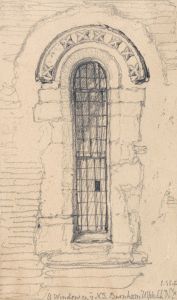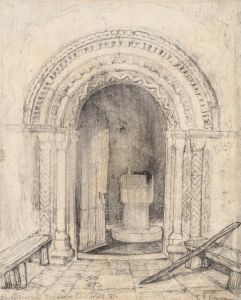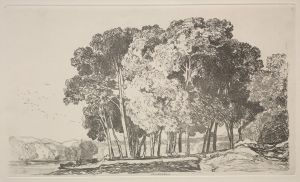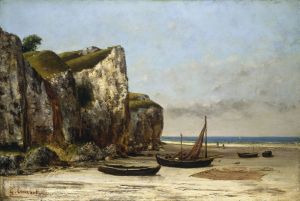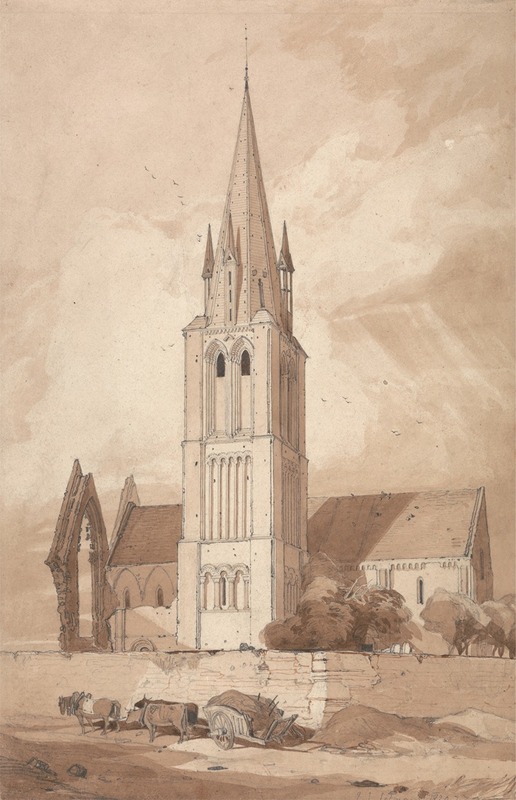
Douvres Church, Normandy
A hand-painted replica of John Sell Cotman’s masterpiece Douvres Church, Normandy, meticulously crafted by professional artists to capture the true essence of the original. Each piece is created with museum-quality canvas and rare mineral pigments, carefully painted by experienced artists with delicate brushstrokes and rich, layered colors to perfectly recreate the texture of the original artwork. Unlike machine-printed reproductions, this hand-painted version brings the painting to life, infused with the artist’s emotions and skill in every stroke. Whether for personal collection or home decoration, it instantly elevates the artistic atmosphere of any space.
John Sell Cotman was a prominent English painter and printmaker, known for his contributions to the Romantic movement and his exceptional skill in watercolour painting. One of his notable works is "Douvres Church, Normandy," which exemplifies his mastery in capturing architectural subjects and landscapes with a keen eye for detail and atmosphere.
Cotman was born in Norwich, England, in 1782 and became associated with the Norwich School of painters, a group known for their landscape paintings. He traveled extensively throughout England and Europe, drawing inspiration from the places he visited. His trips to Normandy, France, were particularly influential, providing him with a wealth of architectural subjects that he translated into his art.
"Douvres Church, Normandy" is one of the works resulting from Cotman's travels in France. During his visits to Normandy in the early 19th century, Cotman was captivated by the region's medieval architecture, which he depicted with precision and sensitivity. His work often focused on the interplay of light and shadow, as well as the textures of stone and foliage, elements that are likely present in his depiction of Douvres Church.
Cotman's approach to watercolour painting was innovative for his time. He employed a technique that involved the use of broad washes and a limited palette, which allowed him to create atmospheric effects and emphasize the structural forms of his subjects. This method is evident in his Normandy series, where the clarity of architectural lines is balanced with the softness of the surrounding landscape.
While specific details about "Douvres Church, Normandy" are limited, Cotman's Normandy works are generally characterized by their attention to detail and the artist's ability to convey the historical and cultural essence of the sites he painted. His works from this period are considered significant contributions to the Romantic movement, highlighting the beauty and grandeur of historical architecture.
Cotman's influence extended beyond his own work, as he played a crucial role in the development of watercolour painting in England. His techniques and compositions inspired subsequent generations of artists, and his works continue to be studied and admired for their artistic and historical value.
"Douvres Church, Normandy" is part of Cotman's broader body of work that captures the essence of early 19th-century European architecture and landscape. His paintings from Normandy are housed in various collections, including museums and galleries, where they are appreciated for their aesthetic qualities and historical significance.
In summary, John Sell Cotman's "Douvres Church, Normandy" reflects his expertise in watercolour painting and his fascination with architectural subjects. Although specific details about this particular painting are scarce, it remains an important example of Cotman's work during his travels in Normandy, showcasing his ability to blend precise architectural representation with the evocative qualities of the Romantic landscape tradition.





